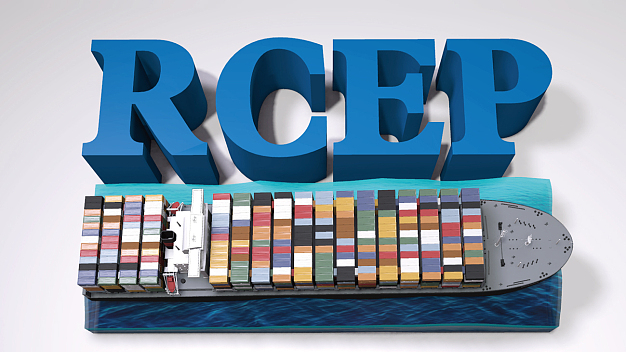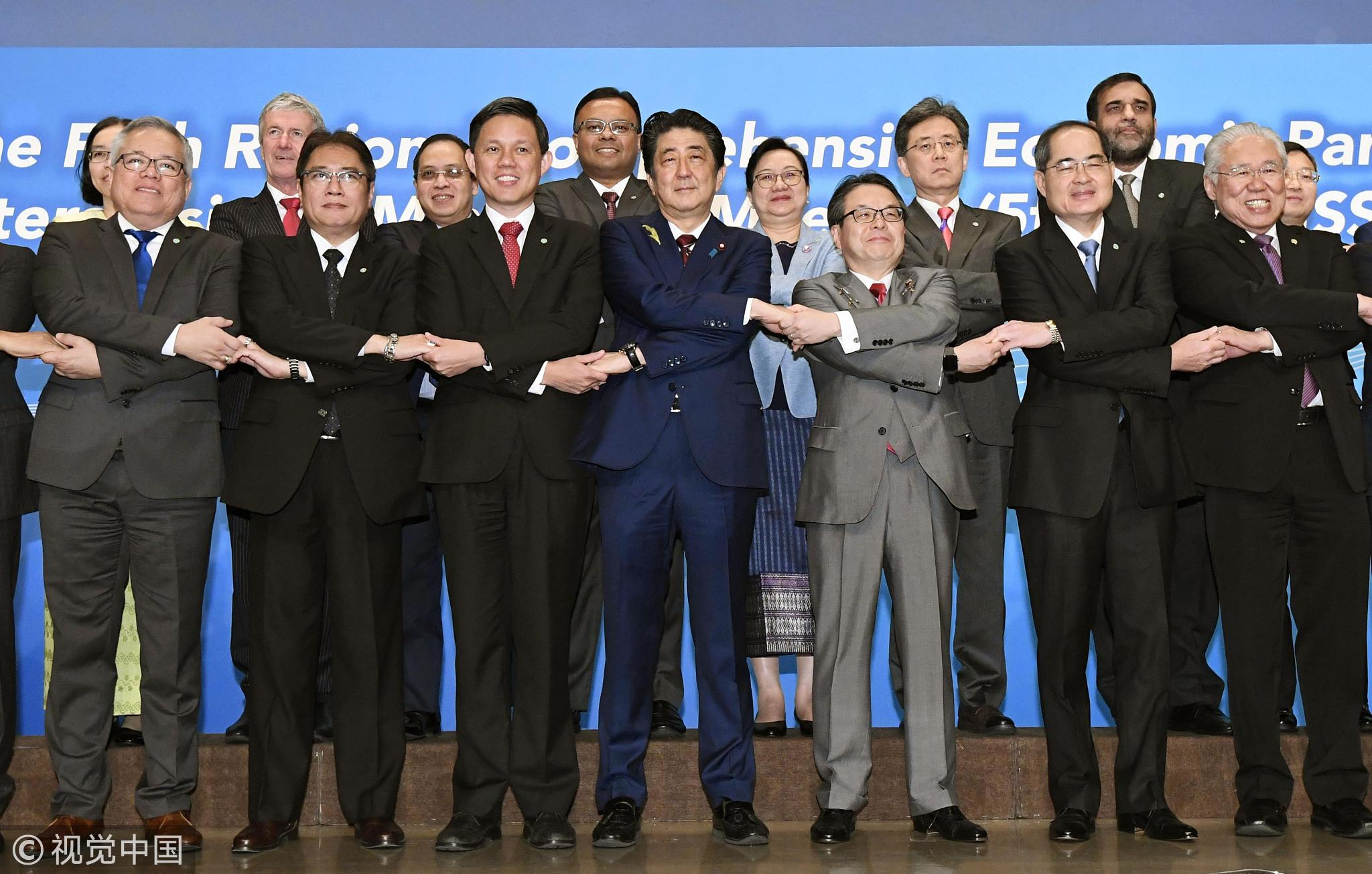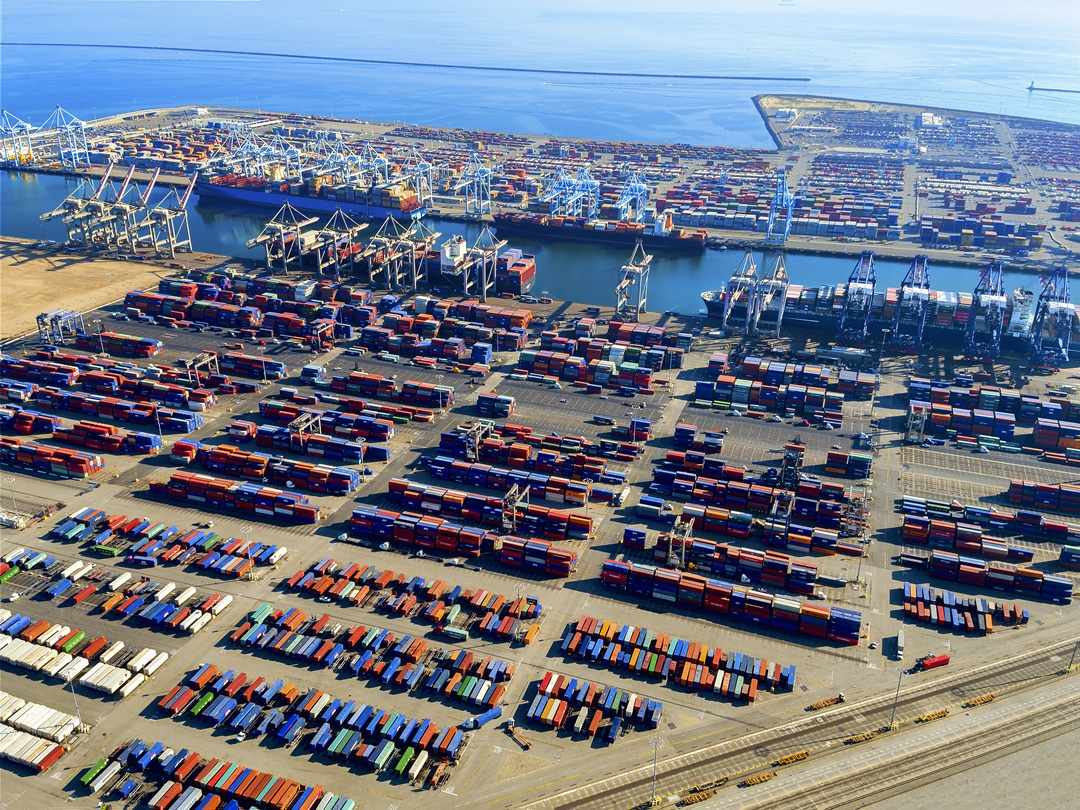

Editor's note: Aaron Zou is a California-based PhD student specializing in media and cultural studies. The article reflects the author's opinions and not necessarily the views of CGTN.
From August 2 to 3, a ministerial conference of the Regional Comprehensive Economic Partnership (RCEP) will be held in Beijing. It will be the first RCEP ministerial conference to take place in China.
RCEP was officially launched by the 10 ASEAN member states in November 2012 at the ASEAN summit in Cambodia. However, since the Donald Trump administration withdrew the Trans-Pacific Partnership (TPP) in 2017, some critics from Western media have expressed their worry that China would increasingly lead RCEP and set rules to govern the trade and even impose its political influence on this region. They framed RCEP as a rival to the defunct TPP.
Although the two mega-regional trade agreements, RCEP and TPP, have often been compared with each other, they differed quite a bit in terms of their origin, scope and goals.
And as some analysts have already pointed out, the concern that China would dominate RCEP is misleading. In fact, China always insists that it "will continue to respect and uphold the pivotal role the Association of Southeast Asian Nations (ASEAN) plays in RCEP negotiations."

Japanese Prime Minister Shinzo Abe (C) poses with representatives from other Asia-Pacific countries at a ministerial meeting to negotiate the Regional Comprehensive Economic Partnership trade deal in Tokyo, Japan, July 1, 2018. /VCG Photo.
Why is RCEP ASEAN-centric?
There are several reasons why RCEP should be conceptualized as ASEAN-centric. First, in essence, RCEP is a multilateral free trade agreement (FTA) between the 10 member states of the ASEAN, its five FTA partners as well as South Korea. Since its inception, RCEP has been intended to be consistent with the World Trade Organization rules and best practices. It is misleading to assume that China would dominate such a multilateral agreement. Instead, RCEP is significant for the covered region as a whole.
Basically, RCEP is an endeavor of ASEAN countries to explore channels of regional economic cooperation. In this sense, it can be seen as an extension of the ASEAN community, as well as a platform for the region as a whole to contribute to the global economy collaboratively. ASEAN has always been the core of this process.
Secondly, this agreement is more inclusive than many critics have assumed. One of the guiding principles of the RCEP negotiations maintains that the agreement "will also have an open accession clause to enable the participation of any ASEAN FTA partner that did not participate in the RCEP negotiations and any other external economic partners after the completion of the RCEP negotiations." A closer scrutiny of the RCEP chapters actually indicates that different participants share the agenda-setting power.
Thirdly, in terms of its origin, it was the ASEAN countries that initiated this agreement, not China. The initial goal was to strengthen the economic collaboration among ASEAN countries and their FTA partners.
Fourthly, RCEP should not be conceptualized as a counterpart to the TPP. They differ in terms of their design and format, where RCEP seems to have more open-ended negotiations. Besides, the two need not conflict each other. There has been an unfounded dichotomy in some critics' contrast of the two.

VCG Photo
Why is RCEP an economic agreement rather than a geopolitical one?
Another misconception is to see RCEP as a geopolitical agreement. In fact, both RCEP's guiding principles and objectives as well as its chapters clearly indicate that it is an economic agreement rather than a geopolitical one.
The chapters primarily cover goods, services, e-commerce, investment, intellectual property protection and development. Like most FTAs, RCEP centers on tariff reductions, the liberalization of international exchanges of goods and services, and the stimulation of economic growth.
The agreement is intended to establish a modern and high-quality free trade area, according to one of its guiding principles in trades.
In sum, RCEP has always been and will continue to be a multilateral economic agreement led by ASEAN member states and joined by its FTA partners. It features open-ended and inclusive negotiations among countries with different levels of development. Its primary goal, therefore, is to support regional economic integration, equitable economic development and economic cooperation among the participating countries.
(If you want to contribute and have specific expertise, please contact us at opinions@cgtn.com.)

Copyright © 2018 CGTN. Beijing ICP prepared NO.16065310-3
Copyright © 2018 CGTN. Beijing ICP prepared NO.16065310-3